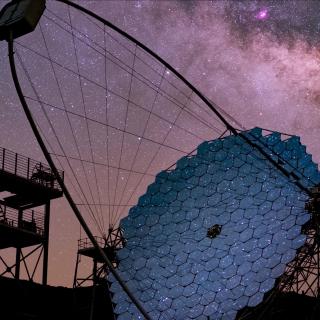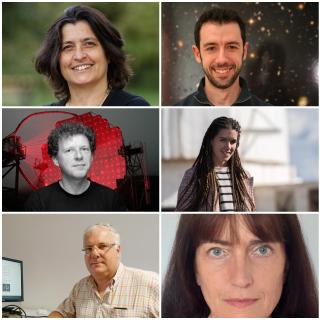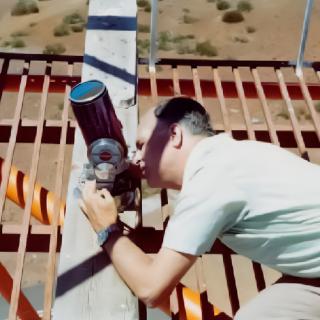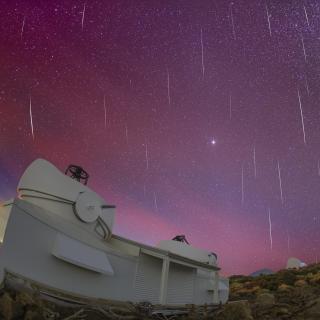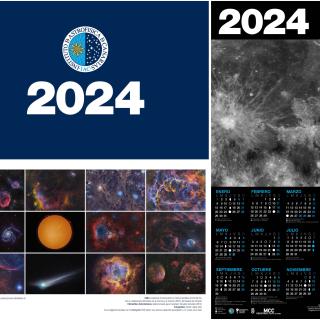
La Unidad de Comunicación y Cultura Científica (UC3) del Instituto de Astrofísica de Canarias (IAC), en colaboración con el Museo de la Ciencia y el Cosmos (Museos de Tenerife), ha editado un calendario astronómico con efemérides astronómicas del año 2024. Este puede descargarse y ser consultado de forma digital. También se puede adquirir una copia física en la sede central del IAC. Las 12 imágenes que lo ilustran han sido tomadas por el astrofotógrafo Daniel López (El Cielo de Canarias). También se ha editado otro calendario en formato póster ilustrado con una imagen de la superficie de
Advertised on
